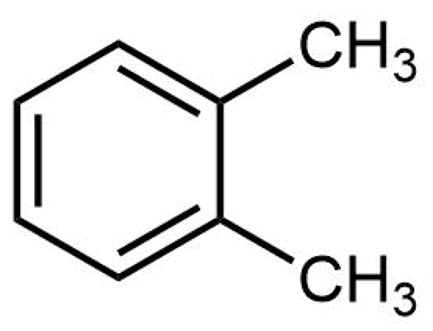D2.4 Constitutional Isomers
Compounds with the same molecular formula but different atomic connectivity are called constitutional isomers (or structural isomers). For example, there are two alkanes with the formula C4H10:

The “n-” in n-butane stands for normal, meaning an unbranched carbon chain. Typically the “n-” is omitted and the compound is just named “butane”; it is assumed that you know that no prefix refers to the unbranched chain.
The traditional name of 2-methylpropane is isobutane. Often the “2-” is omitted and the compound is just called “methylpropane” because the “2-” position is the only possible location for the methyl group to bond to (if the methyl is bonded to either end, the molecule is n-butane); hence omitting the “2-” is unambiguous here.
Activity: Analyzing Constitutional Isomers
In your course notebook write an answer to each question and an explanation of your answer:
- Describe the shape of the n-butane molecule and how it differs from the shape of the 2-methylpropane molecule.
- Analyze the bonding in each molecule. Are all C atoms bonded to the same number of H atoms? If not, is the number of similarly bonded C atoms the same in each of the two structures ?
- To convert from n-butane to 2-methylpropane, would one or more covalent bonds need to be broken so that atoms could be re-arranged?
- Would you expect the physical properties (such as melting point and boiling point) to be different for the two substances?
Write in your notebook, then left-click here for an explanation.
- The n-butane molecule is a linear chain of C atoms, each bonded to H atoms. The molecule is longer and thinner than the 2-methylpropane molecule, which has a -CH3 branch on a chain of three C atoms.
- In n-butane, the two middle C atoms are bonded to two H atoms and the two end C atoms are bonded to three H atoms. In 2-methylpropane the center C atom is bonded to one H atom and the other three C atoms are bonded to three H atoms. Thus, the number of similarly bonded C atoms is different.
- Because 2-methylpropane has three -CH3 groups and n-butane has only two -CH3 groups, one C-H single bond and one C-C single bond must be broken to allow a -CH3 group to be exchanged with a H atom to convert from one structure to the other.
- Because the two substances have different chemical structures, their physical properties should be different. Because the two structures have the same molecular formula (are isomers) their physical properties should not differ a lot. The melting and boiling points are
melting point boiling point n-butane -138 °C -0.5 °C 2-methylpropane -159.6 °C -11.6 °C
The above activity highlighted that to change from one constitutional isomer to another requires breaking covalent bonds, which requires significant input of energy. This high energy demand (~300 kJ/mol) means constitutional isomers will not convert from one to another at room temperature. Therefore, they can be synthesized and kept separated: they are different substances.
In addition to examining the connectivity in Lewis structures, another way to tell whether a Lewis structure represents the same molecule as another Lewis structure is to work out the IUPAC names for both structures. IUPAC names are designed so that the same structure always has the same name; if two structures are different, naming them correctly will result in different names.
Exercise: Naming Alkanes
Alkenes and alkynes can also exhibit constitutional isomerism. For example:

It’s not just the π-bond location that differs; be sure that you can deduce all the covalent bonds that need to be broken and re-formed going from one isomer to another by looking at just the line structures. See the 3D models below to verify.
Exercise: Isomers of Substituted Benzenes
The structure of ortho-xylene is shown here:

Click on each structure below that is a constitutional isomer of ortho-xylene.
Please use this form to report any inconsistencies, errors, or other things you would like to change about this page. We appreciate your comments. 🙂 (Note that we cannot answer questions via the google form. If you have a question, please post it on Piazza.)

